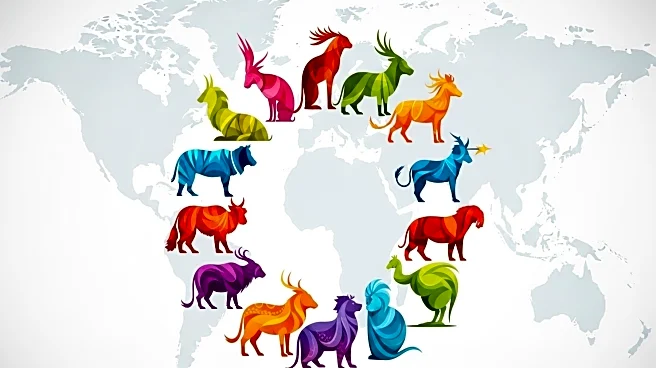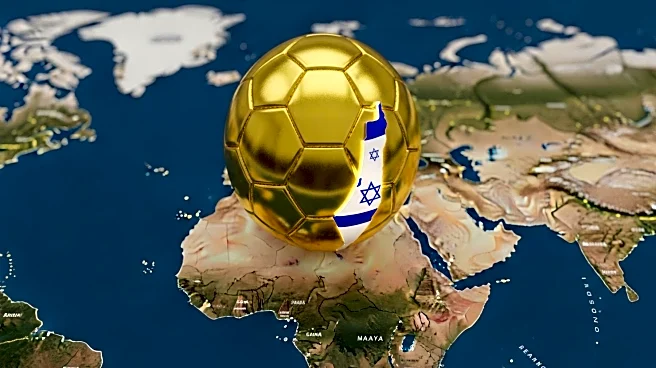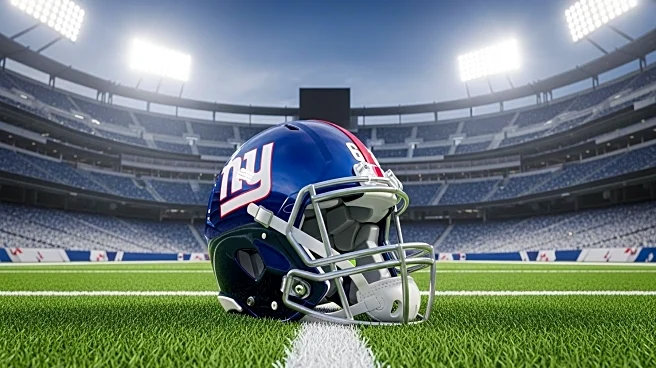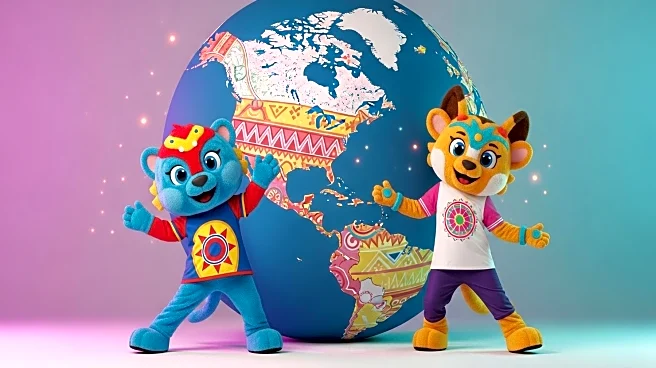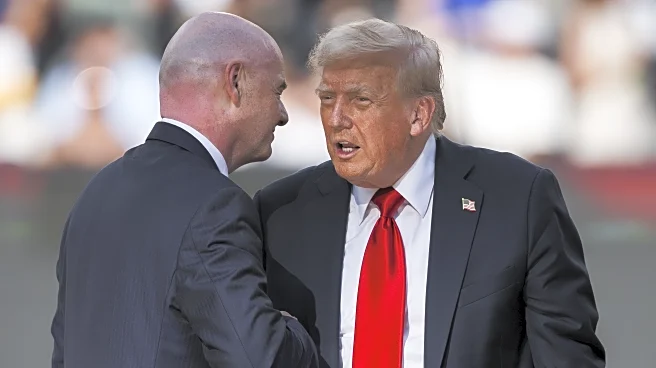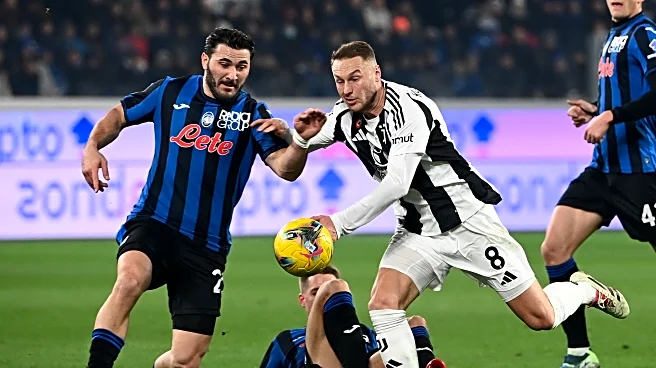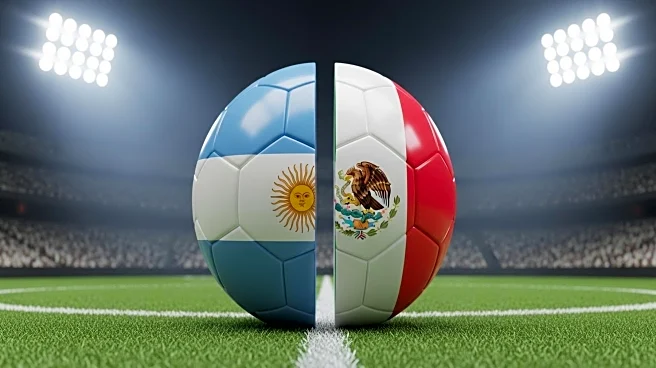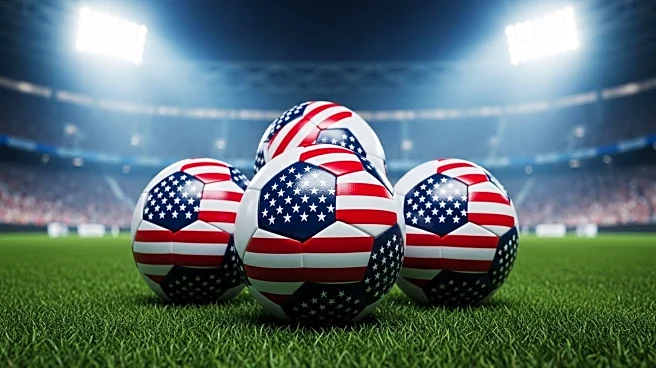What is the story about?
What's Happening?
FIFA has introduced three mascots for the 2026 World Cup, each representing one of the host nations: the United States, Canada, and Mexico. The mascots are Clutch the Bald Eagle, Maple the Moose, and Zayu the Jaguar. According to FIFA President Gianni Infantino, these mascots embody joy, energy, and the spirit of togetherness, mirroring the essence of the World Cup. Each mascot reflects the cultural heritage of its respective country. Maple the Moose symbolizes Canada's rich culture, Zayu the Jaguar represents Mexico's vibrant traditions, and Clutch the Bald Eagle embodies the diverse cultures of the United States. These mascots are also depicted as footballers, with Maple as a goalkeeper, Zayu as a striker, and Clutch as a midfielder. The tournament will feature 104 matches, expanding to include 48 national teams, and will commence on June 11, 2026, in Mexico City, with the final scheduled for July 19, 2026, at MetLife Stadium in New Jersey.
Why It's Important?
The unveiling of the mascots for the 2026 World Cup is significant as it highlights the cultural diversity and unity among the host nations. This event marks the first time the World Cup will be hosted by three countries, emphasizing international cooperation and shared passion for soccer. The expansion of the tournament to 48 teams reflects FIFA's commitment to inclusivity and global representation in sports. The mascots serve as cultural ambassadors, promoting the unique heritage of each host nation and fostering a sense of community among fans worldwide. The introduction of a halftime show during the final further enhances the entertainment value of the event, potentially attracting a broader audience and increasing engagement.
What's Next?
As the 2026 World Cup approaches, preparations will intensify in the host countries to accommodate the expanded format and ensure a successful tournament. Infrastructure development, security measures, and logistical planning will be crucial to handle the influx of teams and fans. The mascots will likely be featured in promotional campaigns to build excitement and engagement leading up to the event. Stakeholders, including local governments and businesses, will focus on maximizing economic opportunities through tourism and international exposure. The tournament's success could set a precedent for future World Cups, encouraging more collaborative hosting arrangements and expanded team participation.
Beyond the Headlines
The introduction of culturally representative mascots for the 2026 World Cup underscores the importance of cultural sensitivity and diversity in global events. This approach not only celebrates the unique identities of the host nations but also promotes cross-cultural understanding and appreciation. The mascots' roles as footballers highlight the universal appeal of soccer as a unifying force, transcending cultural and national boundaries. The expanded format of the tournament may also influence future sports events, encouraging inclusivity and broader participation. Additionally, the focus on cultural representation may inspire other international organizations to adopt similar strategies in their events.
AI Generated Content
Do you find this article useful?
